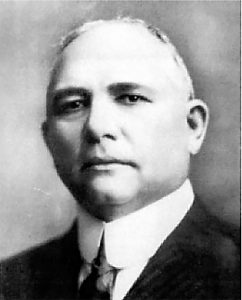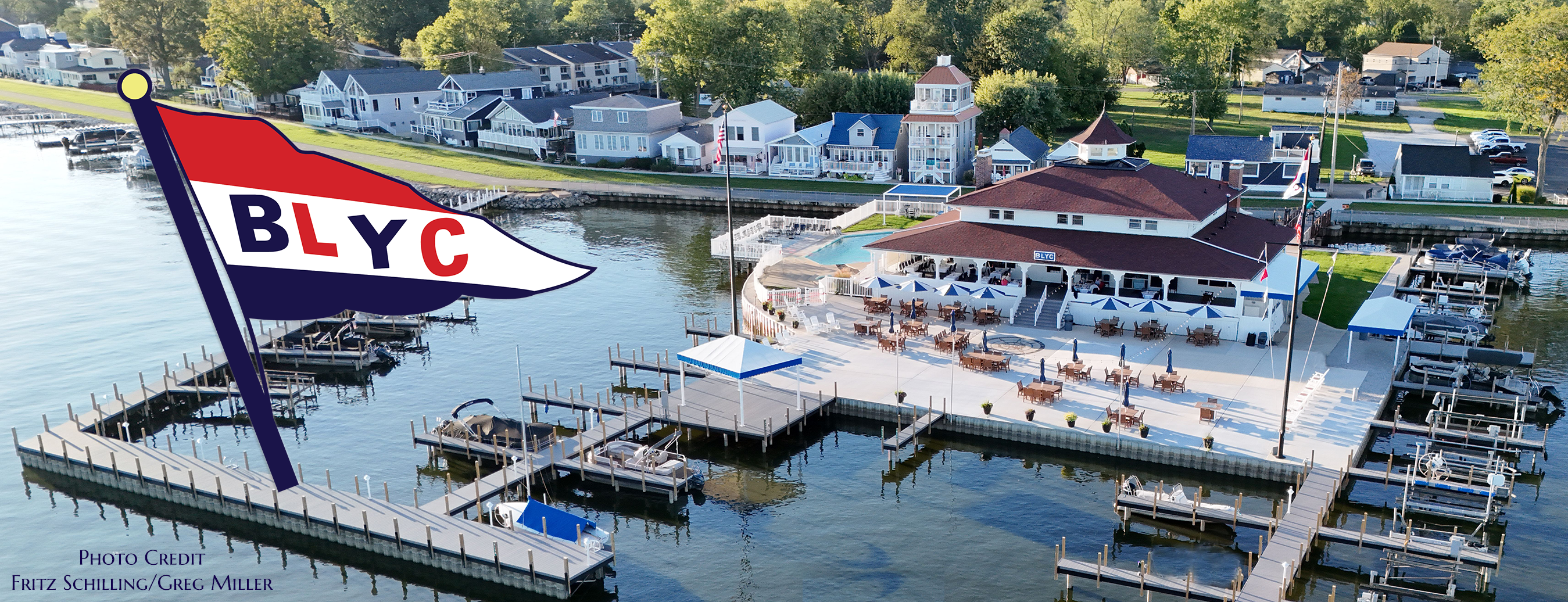Commodore Steve Harris – July, 2017

Most of us are likely familiar with BLYC’s rescue effort during the 1937 flood in Portsmouth. Organized by Commodores “Red” Marshall (1937) and Edgar T. Wolfe (1934), 11 motorboats from the BLYC fleet were shipped by rail to Portsmouth to assist in the rescue effort. We’ve all seen the photos from this effort that hang in the Club entry hallway. Commodore Armstrong (1947)wrote an account of it in his 1956 Story of Buckeye Lake Yacht Club and, in 1989, Commodore Foster (1983) shared further insights which he learned from Commodore Chris Lambrecht (1939), who was one of several BLYC members who had participated. These are available on the website so, for the sake of space, I will not repeat those writings here. Recently, I also came across a February, 1937 article (unfortunately just the first page) reporting on the effort. The copy is poor quality, but I’m going to try and clean it up to reprint and display upstairs in the new Cupola Room.
What perhaps many don’t know is that 1937 wasn’t the first time that BLYC members undertook such a rescue effort. In late March of 1913, what began as a typical midwest winter storm system stalled out as moist air from the gulf pushed up into the region. Squeezed between high pressure systems coming down from Canada, this low pressure system dumped massive amounts of rain between March 23 and 26, particularly in the central parts of Ohio and Indiana. All told, 13 states would eventually be affected by massive flooding as a result. In Columbus, the Scioto River reached a level of 21 feet above flood stage — still today, a record more than 4 feet higher than any other recorded. With the ground already saturated from runoff following a long, snowy winter, the river quickly rose. Under the pressure of millions of gallons of violently rushing water, the south bank levee of the river failed near Broad Street in Columbus and a tsunami-like wall of water rushed into the Franklinton area just west of downtown. All of the major bridges were washed away, homes and buildings were destroyed, and scores lost their lives. Hundreds, if not thousands, were left marooned in their homes and in need of rescue.
Robert F. Wolfe, owner and publisher of the Columbus Dispatch at the time — and a member of BLYC — came to the rescue. On the morning of March 25, following the levee break, Columbus Mayor George Karb asked Wolfe to assist in the rescue effort. The one, much needed resource in very short supply?… boats! Wolfe chartered a special transport from the Ohio Electric Railway and with a team of his employees, headed to Buckeye Lake. They begged, borrowed, and, smashing locks on boathouses, commandeered every available boat and loaded them for transport to Columbus. The train was loaded for two trips bringing “every conceivable type of rowboat and floating craft” to Columbus. Undoubtedly, a number of these boats came from the Club and Club members. A Cleveland newspaper reporting at the time stated, “Wolfe is as strong as a blacksmith and seems never to tire, and he worked with the energy of a steam engine. From his own purse, he bought food for many… refused to render a bill. When the flood was over and the reckoning made of what had been done and by whom, Ohio Governor James M. Cox conferred on Robert F. Wolfe, as the law provided, the title of Commodore of the Naval Reserves.”
So… In a way, BLYC had two Commodores from the Wolfe family… Isn’t history fun?
